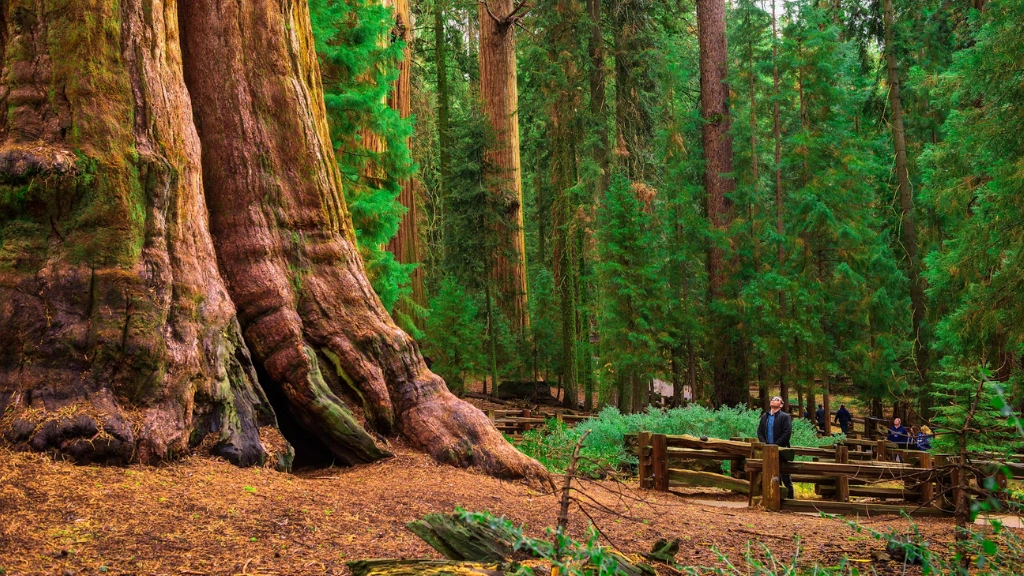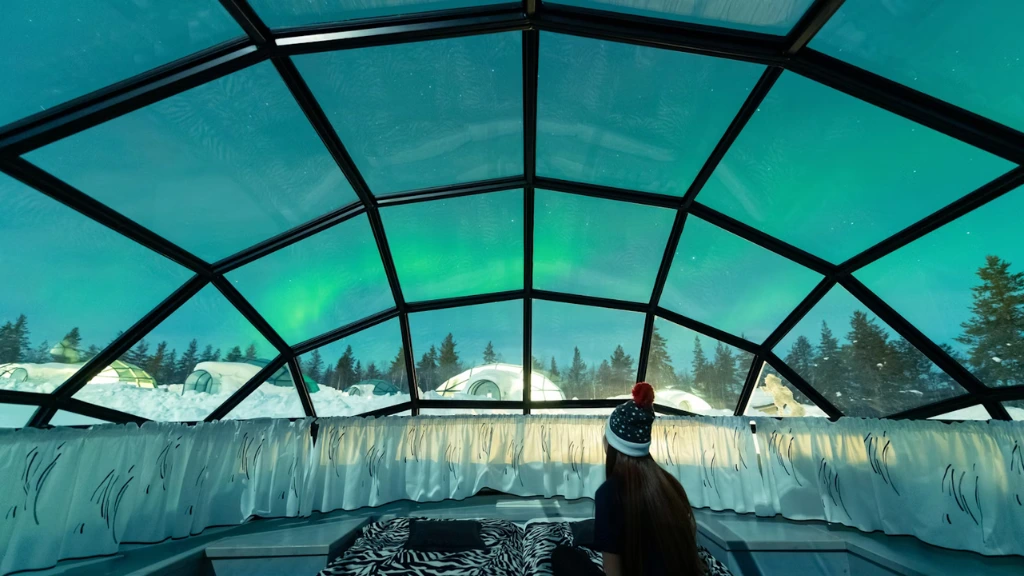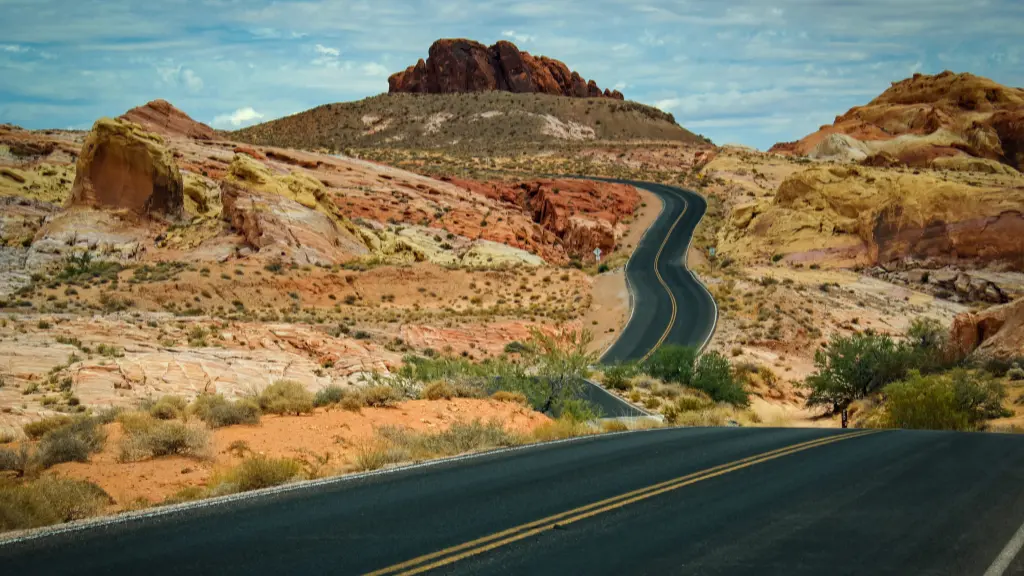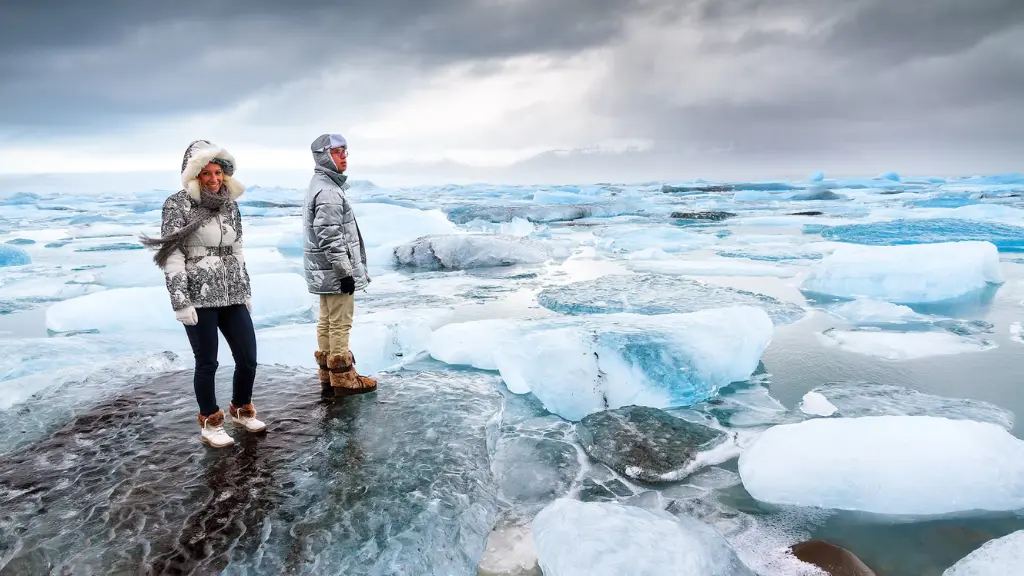Sequoia National Park, located in the Sierra Nevada mountains of California, is a remarkable destination known for its towering sequoia trees and breathtaking landscapes. It’s a haven for nature enthusiasts, hikers, and anyone who wants to experience the awe-inspiring presence of the world’s largest trees.
This guide offers an overview of what to see, where to go, and how to make the most of your visit to this unique park.
You May Also Like: Exploring Galway, Ireland Vibrant Coastal City
Why Visit Sequoia National Park?
Sequoia National Park isn’t just any park; it’s a place where you can stand next to trees that have witnessed thousands of years of history. With miles of trails, scenic overlooks, and the incredible Sierra Nevada mountains as a backdrop, Sequoia National Park has something for everyone. Its unique ecosystem and the size of its trees make it an unforgettable destination.
Whether you’re looking to hike, camp, or simply enjoy scenic drives, Sequoia National Park is an incredible place to reconnect with nature.
Top Attractions in Sequoia National Park
1. The General Sherman Tree
The General Sherman Tree, the largest tree by volume in the world, is the star attraction of Sequoia National Park. Located in the Giant Forest, this massive tree is over 275 feet tall and has a base circumference of 103 feet. Standing beside it is a humbling experience, offering perspective on the age and resilience of nature.
- Tip: Visit early in the day to avoid crowds, especially in peak season. The parking area for the General Sherman Tree also has restrooms and a well-maintained trail leading to the tree.
2. Moro Rock
Moro Rock is a granite dome that offers one of the best panoramic views in the park. Climb the 400 steps to the top for sweeping views of the Sierra Nevada mountains and the surrounding valleys. This short but strenuous climb is worth the effort, especially during sunrise or sunset.
- Tip: The stairs are narrow and can be crowded. Visit during off-peak times for a more peaceful experience and always use caution, especially if it’s wet or foggy.
3. Tunnel Log
Tunnel Log is one of Sequoia’s unique attractions. This fallen giant has a tunnel carved through it, allowing cars to pass through. It’s a fun stop and makes for an iconic photo opportunity.
- Tip: If driving through isn’t an option, there’s an area to park nearby so you can walk up and take pictures.
4. Crystal Cave
Crystal Cave offers a completely different experience in Sequoia National Park. This marble cave, with its impressive stalactites, stalagmites, and unique formations, is accessible only through guided tours. Tours usually run from late spring to early fall.
- Tip: Tickets for Crystal Cave tours must be purchased in advance. Be sure to dress warmly, as the cave is much cooler than the outside temperature.
5. Crescent Meadow
Crescent Meadow, located in the Giant Forest, is a beautiful meadow surrounded by towering sequoias. Known as the “Gem of the Sierra,” this area is ideal for a relaxing walk and is home to vibrant wildflowers in the spring and summer.
- Tip: This is a great place for spotting wildlife like deer and bears, so keep your eyes peeled and your distance.
Best Hiking Trails in Sequoia National Park
Sequoia National Park has numerous trails suited to various levels, from easy walks to challenging hikes. Here are a few of the top trails for experiencing the park’s beauty:
Congress Trail
Starting near the General Sherman Tree, the Congress Trail is a 2-mile loop through the heart of the Giant Forest. It offers close-up views of some of the largest sequoias in the park, including the President and Senate trees.
Big Trees Trail
This easy, 1.3-mile loop circles Round Meadow and provides an accessible way to experience the park’s famous trees. Interpretive signs along the trail offer insights into the ecosystem and the role of sequoias in the forest.
Tokopah Falls Trail
The Tokopah Falls Trail is a 4-mile round-trip hike that takes you to a beautiful waterfall. The trail follows the Marble Fork of the Kaweah River and offers great views of the granite cliffs and rushing water.
Lakes Trail to Heather Lake
For more experienced hikers, the Lakes Trail to Heather Lake is a challenging but rewarding option. The full trail to Pear Lake is about 12 miles round-trip, though you can turn back at Heather Lake (8 miles) for a shorter hike. This trail offers alpine scenery, granite peaks, and a taste of the park’s backcountry beauty.
Where to Stay in Sequoia National Park
Sequoia National Park has a range of lodging options, from campgrounds to rustic lodges. Here are some top picks:
- Wuksachi Lodge: The park’s main lodge offers comfortable accommodations with easy access to many of the main attractions. It also has an on-site restaurant.
- Lodgepole Campground: Located near the Giant Forest, this campground is popular for its convenience and access to the river.
- Dorst Creek Campground: Another great option for campers, Dorst Creek is situated closer to Kings Canyon and offers a quieter experience.
For those looking to stay outside the park, nearby Three Rivers offers additional accommodations, restaurants, and shops.
Best Time to Visit Sequoia National Park
Sequoia National Park is open year-round, but each season brings unique experiences:
- Spring: Springtime offers mild weather and blooming wildflowers, especially in lower elevations.
- Summer: Summer is the most popular season, with all trails and attractions accessible. However, crowds can be high.
- Fall: Fall brings cooler temperatures and smaller crowds. It’s a great time for hiking, and the foliage is beautiful in the surrounding foothills.
- Winter: Winter transforms the park into a snowy wonderland. The Giant Forest is particularly beautiful in the snow, and winter activities like snowshoeing are popular.
Wildlife and Safety Tips
Sequoia National Park is home to diverse wildlife, including deer, black bears, and various bird species. While it’s exciting to encounter these animals, it’s important to follow a few safety tips:
- Bear Safety: Bears are common, especially near picnic areas and campgrounds. Always store food properly in bear-proof containers and never approach a bear.
- Trail Safety: Stay on marked trails, carry plenty of water, and be prepared for changes in weather.
- Respect Wildlife: Enjoy observing animals from a distance. Never feed wildlife, as it can harm them and alter their behavior.
Exploring Nearby Kings Canyon National Park
Kings Canyon National Park is adjacent to Sequoia and offers stunning landscapes, deep canyons, and scenic drives. With your Sequoia National Park entry pass, you can also explore Kings Canyon, including highlights like the Zumwalt Meadow, Roaring River Falls, and the Kings Canyon Scenic Byway.
Practical Tips for Visiting Sequoia National Park
- Getting There: The main entrance is the Ash Mountain Entrance, located near Three Rivers, California.
- Park Fees: A weekly pass costs $35 per vehicle and includes entry to both Sequoia and Kings Canyon National Parks.
- Weather: Bring layers, as temperatures vary throughout the park. The Giant Forest can be cool even in summer.
- Park Maps: Maps are available at visitor centers, and the National Park Service app offers digital maps.
Final Thoughts: Sequoia National Park Awaits
Sequoia National Park is an incredible destination for nature lovers, adventurers, and anyone seeking a quiet escape. From the awe-inspiring General Sherman Tree to the panoramic views atop Moro Rock, this park offers countless ways to connect with nature. Plan your visit with this guide, pack your camera, and get ready to be amazed by California’s giant trees and stunning wilderness.










